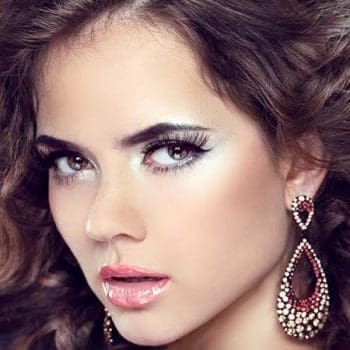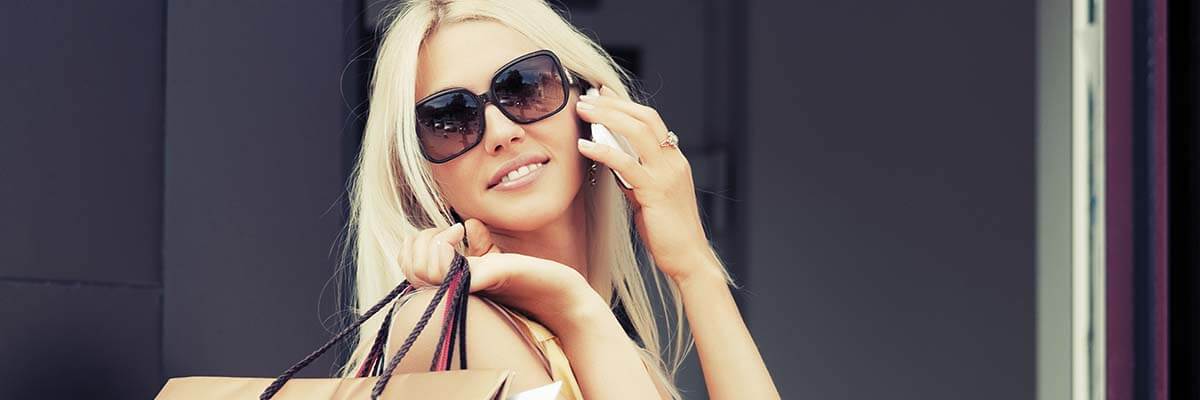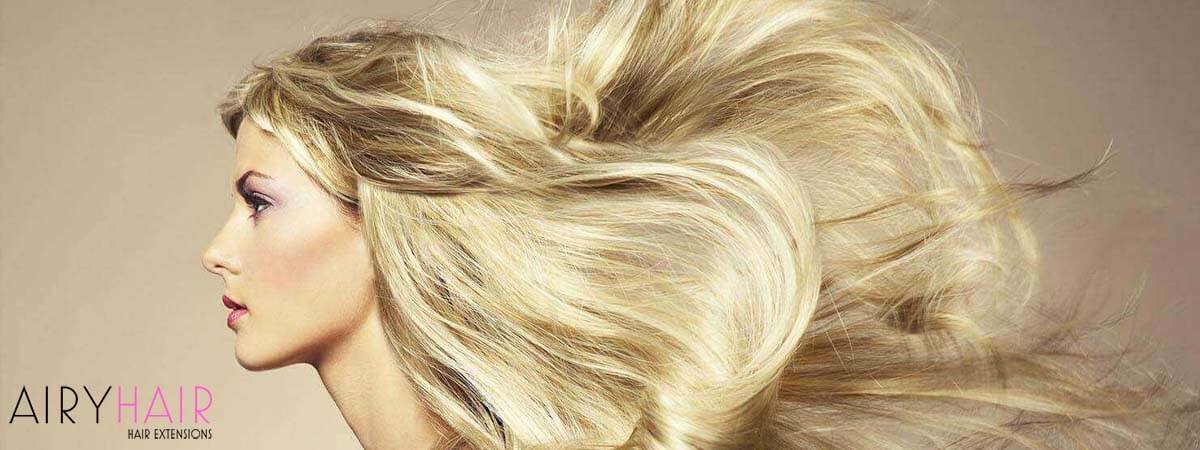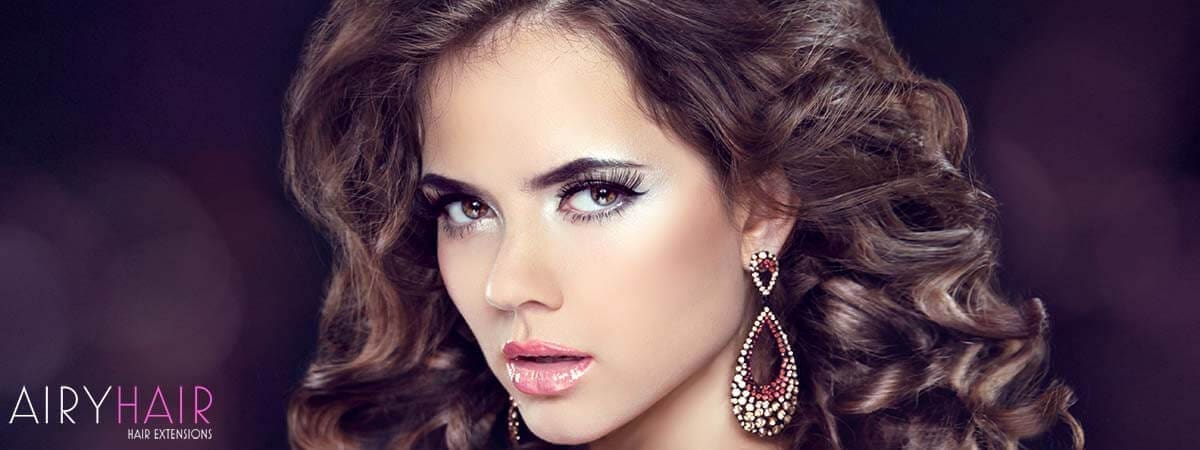Having thin hair can be both a blessing (allows you to save more money) and a curse. Although fine strands are easier to handle, sometimes the lack of density limits you as to what you can do with your hair. Fortunately, we have an incredible team of passionate individuals who will help you buy the best hair extensions!
Many hairstyles don’t look as good on thin hair. Achieving significant length may also be troublesome for women with fine strands because they usually get too thin at the ends and stop growing at a certain point. If you are one of these women, then there are certain aspects that you should know before buying hair extensions.
Quick Access
- What is thin or low density hair?
- Do all hair extension types work?
- Normal hair growth cycle
- Best hair extensions for thin hair
- How to blend hair extensions with thin hair?
- Best hairstyles to hide thin hair
- Alternatives: Wigs and toppers
What is Thin or Low Density Hair?
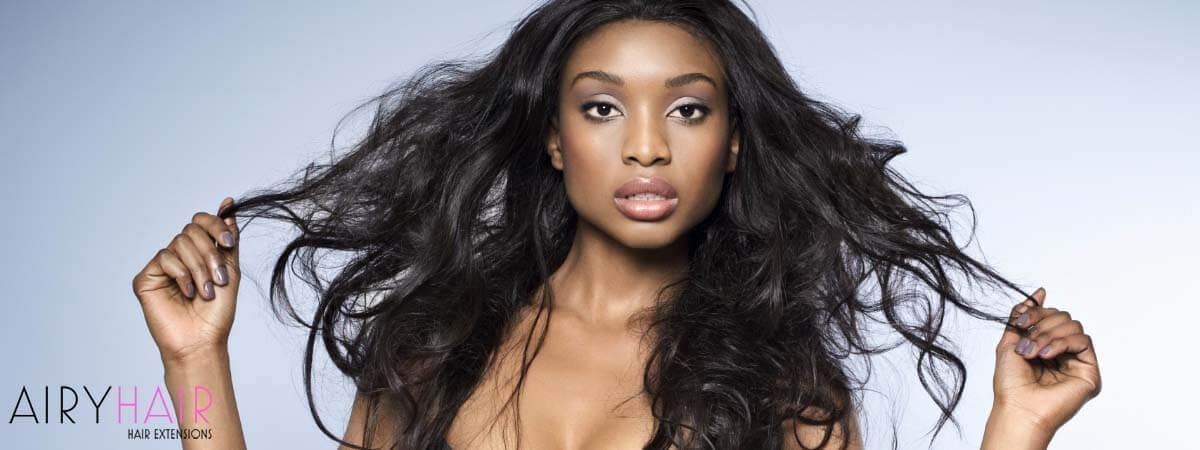
First, thin hair can be defined in a couple of different ways. It can refer to the amount of hair that you have on your head. So, if the number is low, you have low-density hair. The other definition describes how thick the individual hairs are. You might not have low-density hair, but the individual hairs could be weak or thin.
Women have thin hair for different reasons. It could be genetics, or your hair was damaged because of the use of hot tools and various chemicals. Another cause for thin hair is incorrect or aggressive hair dyeing and bleaching. Please be very careful with your hair because it might cause thinning issues.
It’s also very problematic since hair is so fragile that you can’t dye it. The same goes for the use of curling irons or cool, trendy hairstyles. That can be a real bummer or the reason for frustration and disappointment. Sadly, there is no natural way to make your hair much thicker, so many girls feel stuck with it. There are shampoos, conditioners and vitamins, but these usually work best if the root cause is not genetics. Even then, it can take months, if not years, to fix the root cause, especially if you continue to dye or curl your already fragile hair.
Luckily, extensions exist and are the perfect way to add volume to your hair!
Do All Hair Extension Types Work?
Around half of the available methods are suitable for your hair type, and that’s good news! Why not the rest of them? Many extension types use attachment methods that would put too much strain on thin hair and make matters worse. Also, if the extensions are too heavy, you might end up with some of the hairs falling off because they can’t stand the weight of the extensions.
So, it would help if you were careful when choosing extensions for fine strands because you might end up with a bigger problem than you started with.
What Hair Extensions Don’t Work?
There are essentially four types of extensions that are not suitable for fine or very thin hair.
- Beaded types such as micro-rings and micro-link loops that crimp extensions to the hair. The strain will be too much.
- Cold fusion extensions like i-tips that require securing hair onto every strand.
- Keratin or u-tip methods since you are adding too much pressure on individual roots.
- Sew-in or hair wefts that are too complicated for thin hair.
Normal Hair Growth Cycle
The three phases that progress continuously are:
- Anagen: When you’re healthy, about 80 percent to 90 percent of your locks are in the anagen stage. Well-nourished and attractive-looking hair grows for almost three to eight years.
- Catagen: This brief one- to three-week transition phase cuts hair follicles off from the body’s normal blood supply. As they begin to shrink, catagen’s degradation pushes hair shafts upward. Thin, threadlike hairs form with keratinized cells, developing bulbous club-shaped enlargements around roots.
- Telogen: Your hair and follicles are dormant during the 2 to 3-month telogen resting period. After routine hair shedding, new follicles replace them. Then, the cycle starts over again with the first stage’s growth.
AiryHair Attachment Methods
If you want your sparse locks to look and feel fuller again, try real human AiryHair. It can hide balding spots while adding volume and perhaps length. Your enhanced yet natural appearance will renew your self-confidence. Order your preferred hair extensions for thin hair by these application methods:
Best Hair Extensions for Thin Hair
Now, it’s time for the best part! Let’s go with the best hair extensions you can buy, even for thin hair! And some tips or tricks on how to install them to get the best possible results.
1 Flip-in Style Extensions
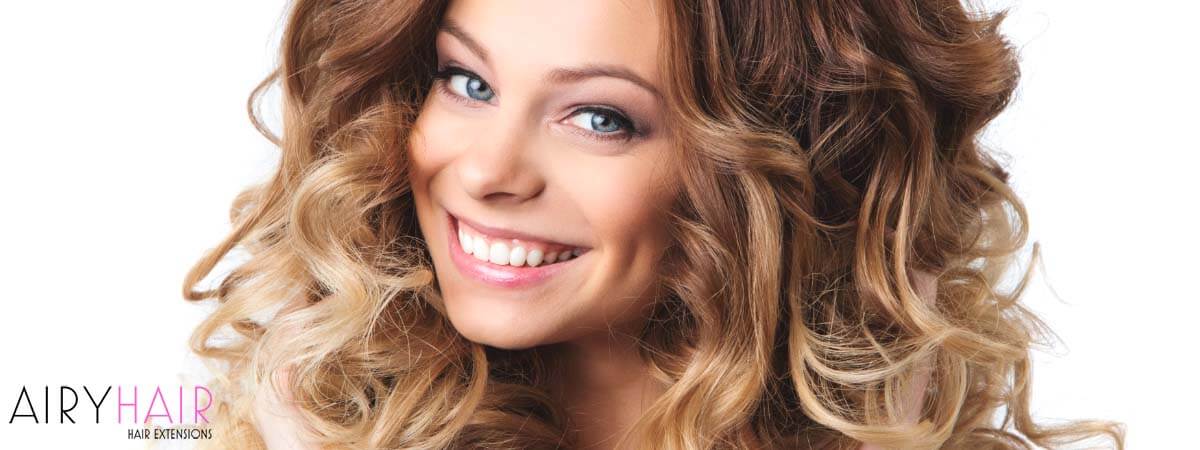
Looking as if it were halo-like extensions, flip-ins work great on thin hair for a couple of different reasons.
- They give you the needed volume. Since they come in one big weft connected with a thin silicone loop, they are not visible even on fine hair. That is why they are also known as invisible or even secret extensions.
- There are no metal clips that can poke you! It’s just a silicone wire you will place on your head (like a crown or a halo) and then pull out all the hair above it. That way, the top part of your hair covers the extensions, and nothing is visible. This method also works great if you have short hair because it adds length and volume. Please know that not all clips are also made of metal, so don’t eliminate this method just yet!
- Flip-ins don’t add strain to your roots. Since all weight is supported by your scalp rather than roots, you are not putting any pressure on the parts that matter (your hair).
- A non-permanent solution. That’s good news! If you have thin hair and are just starting, we don’t recommend going all-in with permanent hair just yet. You can also remove wire extensions at home and let your natural hair loose.
Best Flip-in Options for Thin Hair
It’s all about thickness, which is very important. You don’t want flip-in extensions to be too thin since there will not be enough volume. However, going overboard will cause blending issues, making your hairstyle look unnatural. Low to medium thickness is an optimal choice thatg you the best results.
Recommended Weight: 100g
Number of Bundles: 1
2 Clip-in Hair Extensions
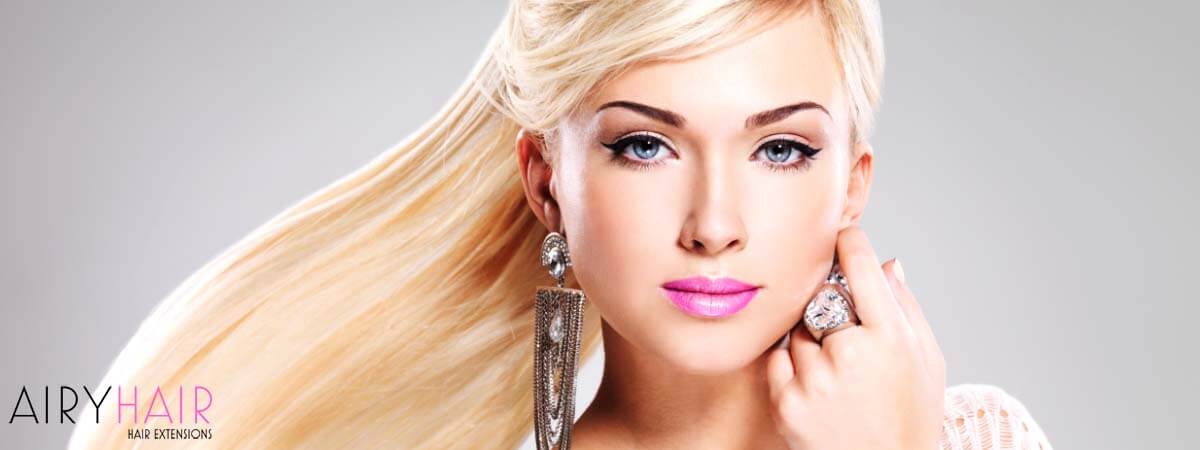
It is likely the most popular and the easiest option to work with. Unlike secret hair extensions that use silicone string, clips rely on clips. Whether or not this method is better depends on your needs, but it has a few major advantages.
- Clip-in extensions fit everyone. The thing with flip-in style hair extensions is that they can sometimes be fiddly. It’s one design to fit them all. Some women have smaller or larger scalps, causing
- Controlled volume. You can add as many or as few clips as you want. 6 to 8-piece bundles contain multiple size wefts that you can even cut into smaller pieces.
- Proven attachment type. The clips will hold Even if you swim or dance in the rain during strong winds. If you are self-conscious about extensions moving out of place, this is a good place to be.
- Silicone clips are gentle. we’ve said metal clips could poke your head, but there are alternatives! AiryHair and other premium extensions come with a silicone coating, which is softer than metal.
Best Clip-in Options for Thin Hair
For silicone clip-in extensions, we suggest going with the 50 to 70-gram extensions. Why? You ask! Mostly because the thickness is perfect, and you can stack pieces if desired. Need more volume? Just add another one!
Recommended Weight: 30 – 70 g
Number of Pieces: 6 – 8
3 Tape-in Hair Extensions
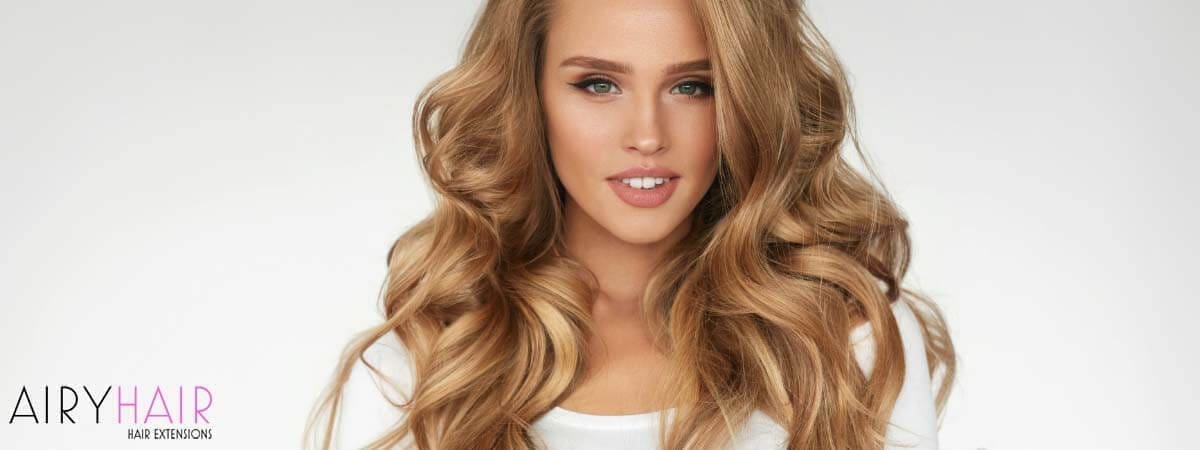
Tape-ins are one of the best methods for people with low-density hair. Extensions are easy to install and put a low strain on the hair by weight on a greater surface area. They are also rather easy to install and maintain.
- As discrete as you can get. Tape-ins work by sandwiching a thin layer of your hair between two extension tapes. They camouflage well and won’t be visible on your fine, especially the transparent tape type that AiryHair uses by default.
- The best permanent option for thin hair. Now, this is not the only permanent method but the best one too! Tape-in extensions are the most popular among all women. So, even with very fine hair, you get to use the best fusion method.
- The most versatile method. Since there are no big and thick wefts of hair, you can place tape-ins strategically that fit your hair best. Additionally, you can even cut the tape into as many little pieces as you want. Shorter tapes require less hair which means there is less weight. That is perfect for fine hair.
Best Tape-in Options for Thin Hair
Start with 30 to 70-gram tape pieces. Each bundle contains 20 tapes, allowing you to create 10 sandwiches. If you are confused about the terminology, head over to our easy-to-understand yet extensive hair extensions guide.
Keep in mind that transparent tape extensions are for long-term volume seekers. Once you try invisible tape, there is no going back. You’ve been warned!
Recommended Weight: 50 – 70 g
Number of Pieces: 20 – 40

If we want to disguise our extensions amongst our natural hair, we must first select the appropriate hair types. Texture also plays a role in your selection. While we will be styling the extensions at the end of our hair, selecting the correct texture further helps when styling and creates a more natural-looking blend.
Find the Ideal Zone and Place AiryHair Wefts
To correctly disguise the hair we will be adding, we must find the perfect hiding spot. Finding the Ideal application zone allows the extensions to lie flat with the natural hair. This prevents the wefts from jutting out and becoming visible. Take some time to play around with the clips to find your ideal zone.
Since we have thin hair, we must be aware of selecting a zone that is too high on our heads. Placing our clips or tapes high on the head and above the ears will not allow the fusion part to lay flat underneath.
Instead, an obvious bump will be visible where we applied the wefts. If you encounter some challenges in the process, try this technique:
- Create an imaginary circle around your head at eyebrow level. Typically, our ideal application zone will be beneath this level. Applying your clip-in extensions below this line makes them easier to disguise.
- Now that we have located our ideal application zone, we must select the specific placement of the individual wefts. There are different pattern choices when applying the clip-ins.
- Some may use the cone pattern, starting with the longest row first, then decreasing the number of wefts each row has as you taper them down.
- Others prefer to position them in a diamond shape, which follows a similar concept but has the widest row in the middle.
- Take care not to apply the clips too high on the head. We must remember that hair lying closest to the root has the most movement, thus making the clips or tapes harder to conceal.
- Bear in mind that you might not even need to apply all the wefts in your extension set. Forcibly clipping all the wefts will counteract the seamless look we are trying to achieve. Sometimes, a couple of strategically placed wefts may be all the help you need.
Create the Base and Blend
Having thinner hair can come with some challenges. We all know the feeling of clipping in a hair accessory towards the top of your head, only to have it slowly slip down and fall off.
My hair can’t even hold a small clip-on on its own, let alone one weighed done with sown in hair! Now that we are ready to start clipping in our extensions, remembering this crucial step will prevent us from experiencing any embarrassing hair moments.
- To avoid slippage, the wefts need to have a solid base to grip.
- After parting the hair where we want to apply the individual clips, lightly spray the roots with some hairspray or dry shampoo.
- Then, tease the hair towards the roots and clip in the weft on the solid base we have just created. This lets the wefts maintain a secure hold of our hair and provides us with worry-free wear.
If we have selected the appropriate hair texture, our extensions may already be wearable. However, for a finishing touch, styling the extensions to our natural hair will boost the look we are going for.
If we prefer a tousled look, we must remember to grab sections of hair that include both our extensions and natural hair. Wrapping the blend around our curling iron or wand will ensure the hair flows together nicely.
Styling our hair with curls gives us thin-haired gals some extra oomph when it comes to volume. Or we are feeling a sleek, straight look instead. Following the same concept, combine sections of the blended hair and flat iron to disguise.
That’s it!
Are you in the mood to get creative with your hair? Nothing is more fun than playing around and recreating hairstyles you’ve seen on Instagram or the red carpet. Adapting hot looks to work for your hair can help you create a signature look that borrows from your favorite stars and influences.
However, having thin hair can be a struggle when you want to try out the latest looks. Are you struggling with thin hair that just can’t do much on its own? It might be time to look at clip-in hair options to add more length and volume to your look. Check out the fun ways you can use clip-in hair to get the looks you love.
Big, Full Curly
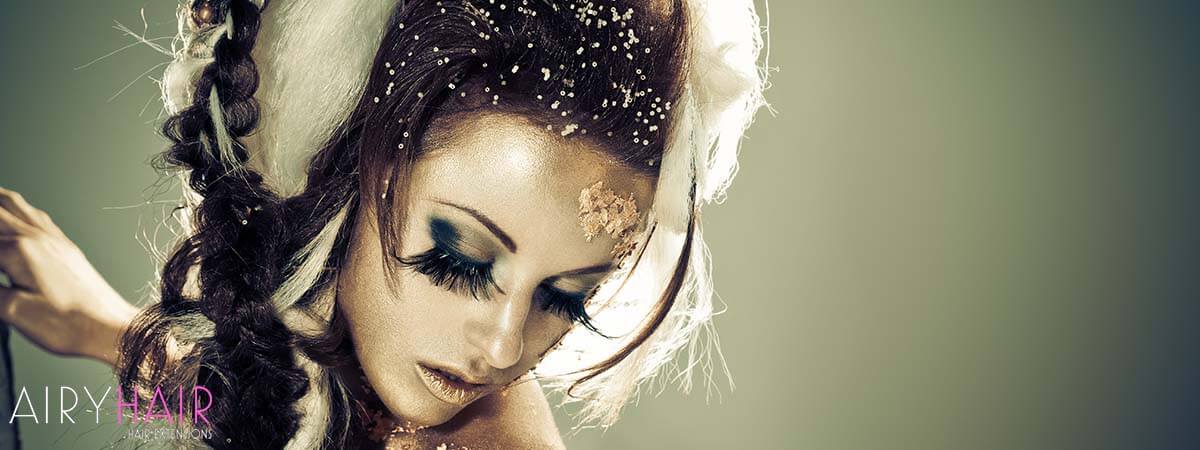
One of the big complaints among people with thin hair is that pulling off curly looks is so difficult. Thin hair is notoriously hard to curl. Also, thin hair has a hard time keeping curls once they are formed. That’s why so many of us end up with crunchy, overspray tresses when we use styling products to curl our hair. Have you been there? Is there a better way? Using clip-in curls, you can supplement the curls you make with rollers or a curling iron. This is a great way to create volume and weight. The clip-in extensions that you can use will work with your own hair to create a full look. Also, it won’t be as obvious when your hair begins to lose its curl and go limp after a few hours.
Top Knots or Ponytails
Anyone with very thin hair knows that fine hair can often be tricky regarding ponytails and buns. That’s because thin hair can have a hard time keeping its shape. Hair ties and clips will often slip out of thin hair when you move your head around. You can create beautiful or messy top knots and sleek ponytails by adding some weight to your hair using clip-in extensions. Adding length or volume before styling your hair is a great way to ensure that your look will stay in place and keep its shape every time you move.
Fullness at the Crown
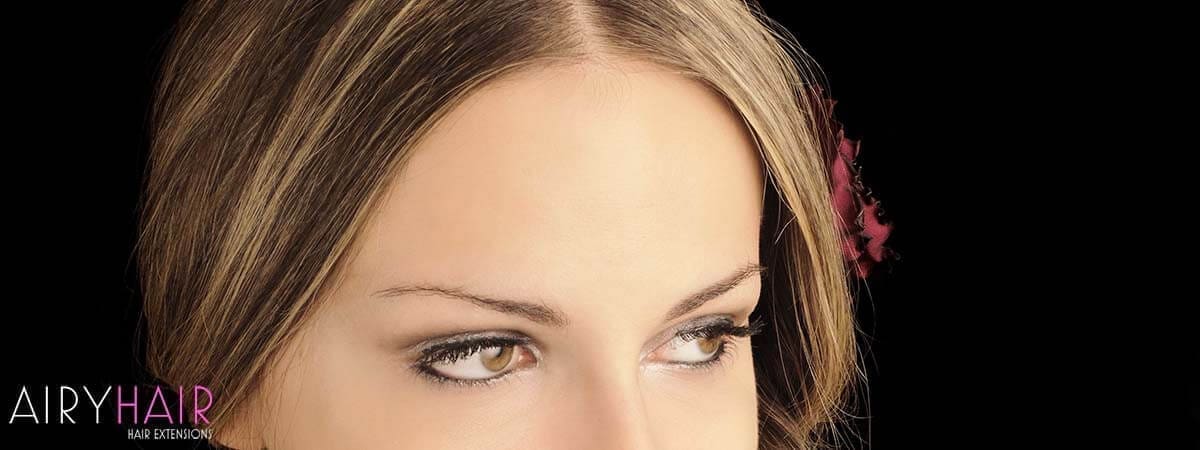
Creating a nice bump at the crown is a great way to wear your hair and create volume. It’s a quick, easy way to boost your confidence and look put together without much effort. This glamorous trend can make anyone’s hair look full and vibrant. However, pulling off is impossible if you have thin hair. Some women try styling products or special bump-creating tools to get the look of a full crown. However, that’s an outdated approach.
Trying to shove something under your hair to create a bumpy look can be frustrating because there is always the risk of your hair moving in a way that reveals whatever you’re hiding. There is a better way. Many stylists strategically apply clip-in extensions near the crown when they want to create a full and beautiful bump-out look. This look is trendy on runways.
Pure Length
Sometimes straight, fine hair can look a little bit dull when it just sits on your shoulders. You may want to accentuate how gorgeous your thin, straight hair is by adding a little volume every once in a while.
That’s when it’s time to use clip-in hair that can create length and show off a look of healthy, even ends.
Shaggy Bangs and Face-Framing Layers
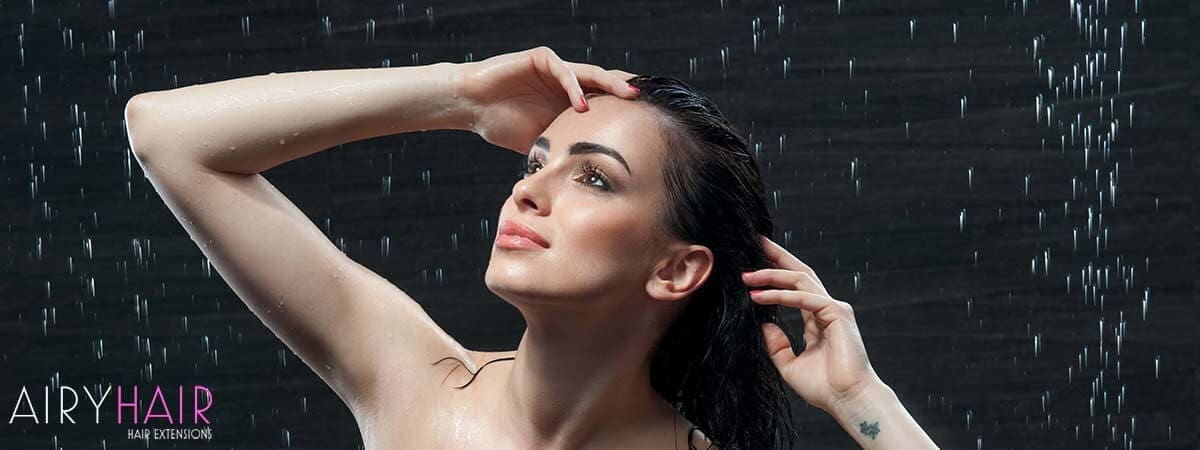
You already know that trying to pull off the layered look is tough if you have thin hair. Even the best haircut full of layers can’t quite make your hair do what it needs to create gorgeous, messy bangs.
The good news is that you can get support using clip-in hair. This is especially fun if you’re trying to achieve a look where most of your hair is pulled back, and just the front portion is being used to frame your face. You can use clip-ins with highlights when you’re going for a look like this. The trick is to achieve that perfect balance between messy strands of hair and planned strands of hair.
Braids
Braids are everything right now. Everything from single fishtail braids that go down your back to accent braids that wrap around your head like celestial crowns are very fashionable now. However, people with thin hair often struggle when it comes to creating braids. That’s because it’s necessary to gather quite a bit of hair when creating a braid. Some of us don’t have enough hair to pull off the looks we see on online tutorials. That’s okay.
You can add in hair extensions whenever you’re in the mood to rock a braid. It’s possible to clip in some pre-done braids that look exactly like your natural hair. What if you prefer a more hands-on strategy? You can also customize the look of your braids by installing straight clip-in extensions and braiding the strands just like you would with your hair. The bottom line is that you need to know about clip-in hair to create a braid-centric look for an upcoming wedding, prom, photo shoot, or social event.
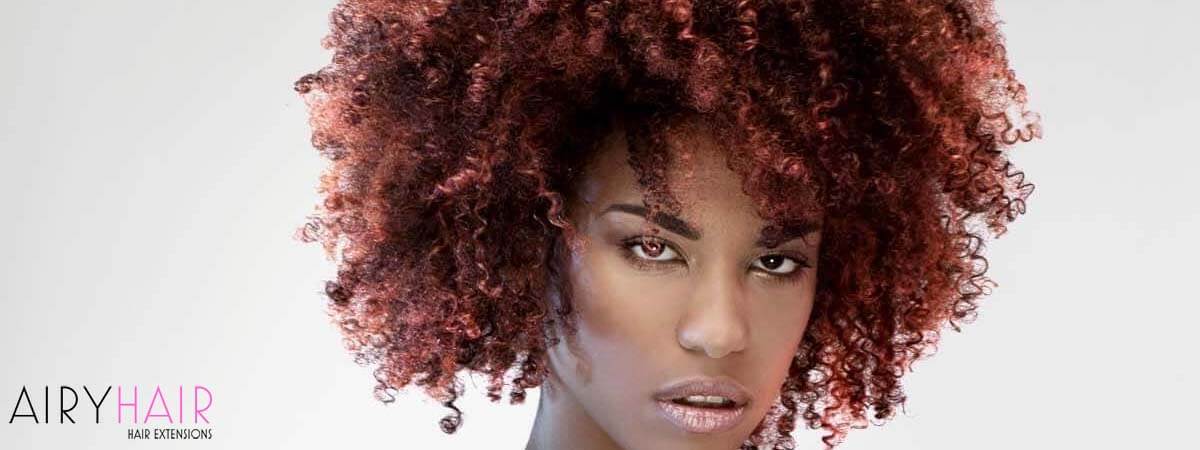
If none of the hair extension methods work for you, there is also an option of wigs or hair toppers.
This is the best option if you have very low-density hair and balding issues. Bald spots can happen naturally because of illness or due to certain medications. It’s a very devastating thing to have to go through, and many women completely lose their confidence because of it.
Wigs are a great fit if your hair is so weak that it can’t handle any type of extensions. The best option is what is called a hair topper. It puts hair on top of your natural hair and covers baldness or thinness. It’s not a full wig, which makes it easy to install and maintain.
Hair toppers are held in place with a couple of clips, but since it’s on the top of your head, there is no strain or pulling of the hair. You can put it on and remove it in seconds.
For best results, make sure you buy a wig made from real human hair.
Conclusion
It’s not that bad now, isn’t it? Hopefully, your newly acquired knowledge will give you that extra boost of confidence you need! Re-read the best extension types for thin hair, or contact us if you still have questions. Now, it’s all about choosing the correct hair color that can match your beautiful hair. No one will suspect a thing!
In the end, it does not matter what is your hair type since you still get to use some of the best hair extension methods there are.


